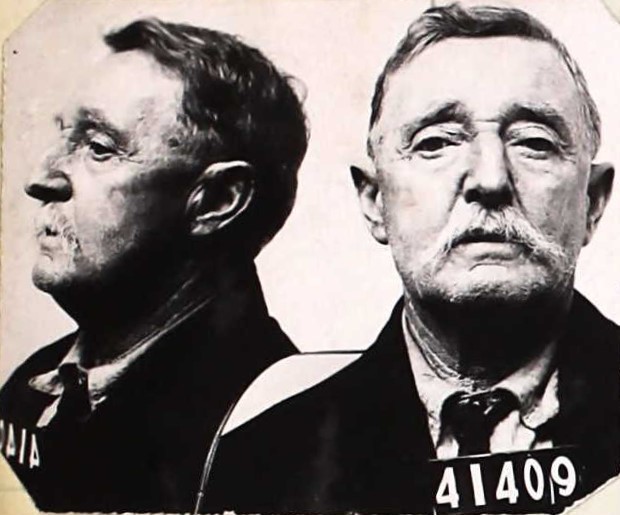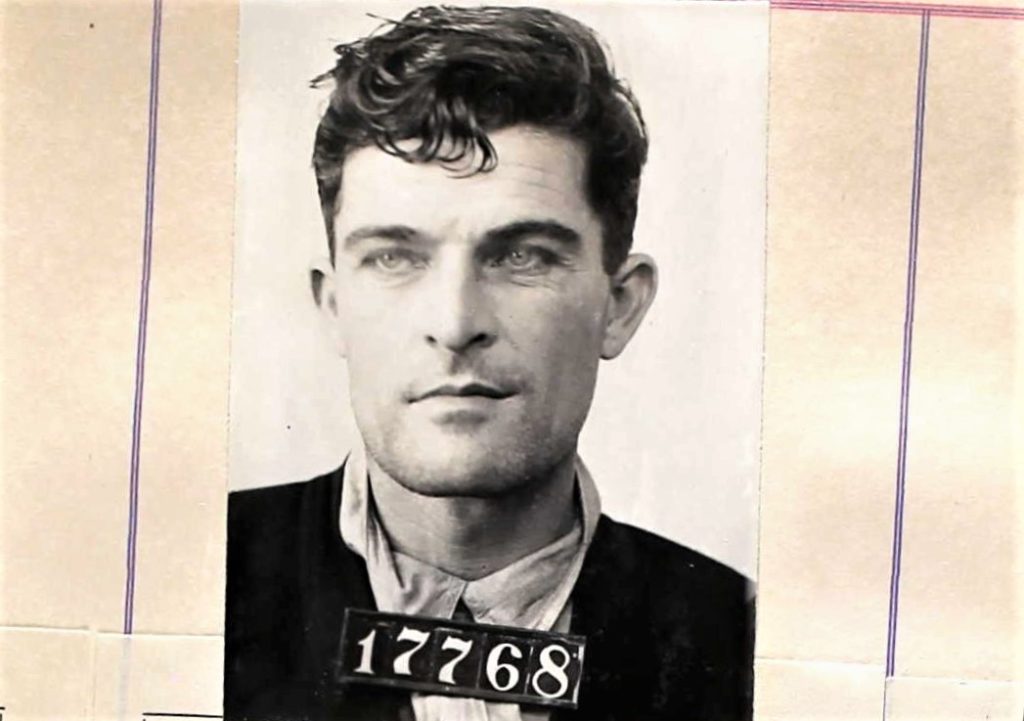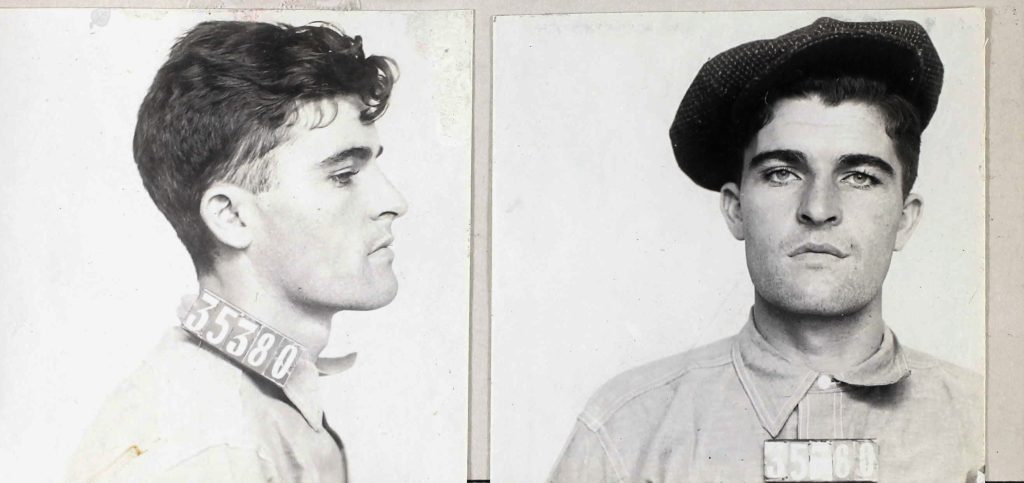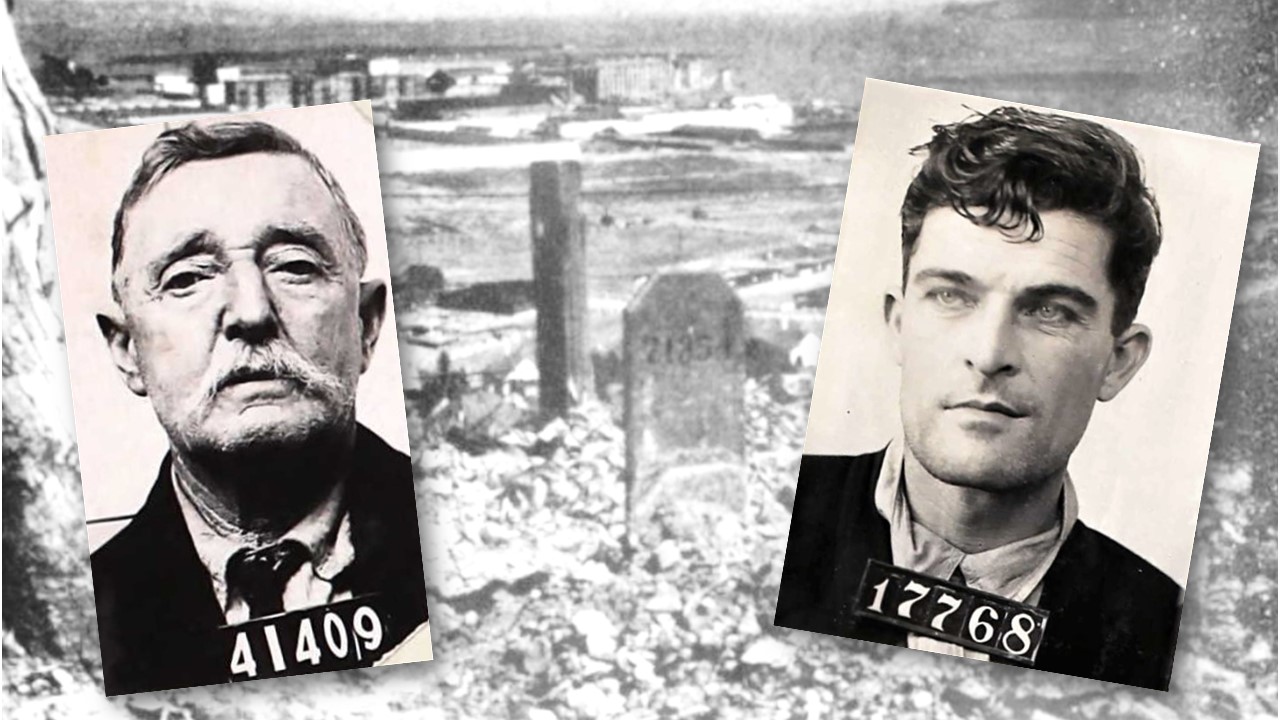San Quentin and Folsom prisons each have a cemetery where many incarcerated people were buried, marked only with their inmate numbers. Using state records and published newspaper accounts, Inside CDCR is unlocking stories of those buried in the prison cemeteries. In early 1958, a change in policy ended the practice of burying people at state prisons.
(Editor’s note: This is the first in a five-part series. Read part 2, part 3, part 4, or part 5.)
Money dispute leads to rancher’s incarceration in 1925

The first name appearing on the San Quentin alphabetically organized list is John Q. Ackerman, 41409, of Canyon Creek.
According to news accounts, while arguing over money, the 70-year-old rancher shot O.C. “Tex” Pierson on July 16, 1925, at Canyon Creek. Pierson was shot in the side, the bullet passing through and lodging in his arm.
After shooting Pierson, Ackerman walked back to his home. When the sheriff knocked on his door a few hours later, Ackerman was “sitting at a table reading.” He offered no resistance and willingly left his home, accompanying the sheriff to Weaverville, where he was jailed.
Unable to raise $2,500 to post bail, Ackerman spent nearly four months in county jail.
The victim recovered after spending a few weeks in the hospital.
In October, his weeklong trial ended with a jury finding him guilty of assault with a deadly weapon. They spent over 12 hours debating, finally settling on finding him guilty of an assault charge, but not with the intent to kill. In today’s terms, he could have been found guilty of attempted murder, but the jury went with a lesser crime. On October 26, he was sentenced to 1-to-10 years at San Quentin.
He was received at the prison on October 29. His stay was cut short when he passed away November 16 following an operation and buried in the San Quentin cemetery.
Extortion lands 32-year-old in Folsom and eventually in cemetery


The first name appearing on the list for the Folsom State Prison cemetery is Howard Abbey, 17768, also known as Eddie Hayes and Edward Ferguson. Born around 1899, he was in and out of prison, including a 10-year stint at San Quentin from 1921 to 1931 under the number 35380.
Abbey, an aspiring San Diego mobster, was involved in underworld dealings in Southern California. When he threatened James Crofton, president of the Agua Caliente Jockey Club, he wasn’t expecting so much resistance. Abbey demanded $7,500 from Crofton and his club, or they would face the consequences. Croton reported it to police and Abbey was arrested. Two days before his trial, Crofton received a letter threatening violence if he didn’t drop the charges.
“We will take care of you no matter how many guards you’ve got,” the letter warned. “We will soon be in power in San Diego and we have plenty of money so you had better act wisely.”
According to Crofton, Abbey said he was backed by muscle out of Chicago. Abbey was tried, convicted and then sent to Folsom. He was received April 6, 1932, on an indeterminate sentence of at least five years. While serving his time in Folsom, he was also questioned by San Diego police regarding the murder of a bootlegger.
On April 14, San Diego County Sheriff Ed Cooper revealed a letter had been sent to Wirt Bowman, president of the Agua Caliente corporation. The business had many holdings, including a hotel in addition to the jockey club. The letter demanded $50,000. It also noted that since Crofton didn’t drop the charges, he was marked for death. If the money wasn’t paid, the same would happen to Bowman and his family.
According to those serving time with Abbey, he was becoming worried “about his health.” What those worries were exactly, no one knows.
On March 30, 1934, Abbey reportedly climbed over the railing of the fifth tier and jumped 40 feet to the concrete floor below. He died 90 minutes later from a skull fracture, according to Warden Court Smith. Abbey never regained consciousness and did not leave a suicide note. He was buried in the Folsom Prison cemetery.
By Don Chaddock, Inside CDCR editor
Learn more about California prison history.
Follow CDCR on YouTube, Facebook, X (formerly Twitter). Listen to the CDCR Unlocked podcast.
